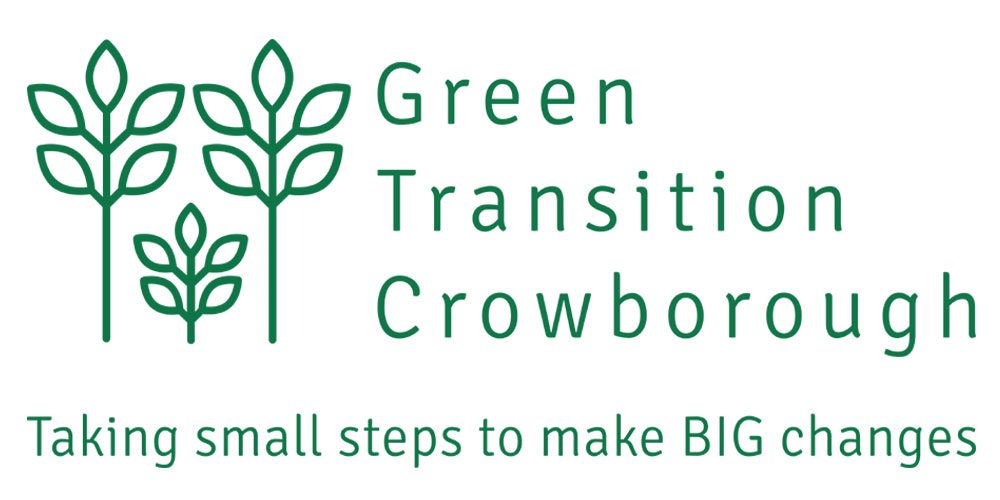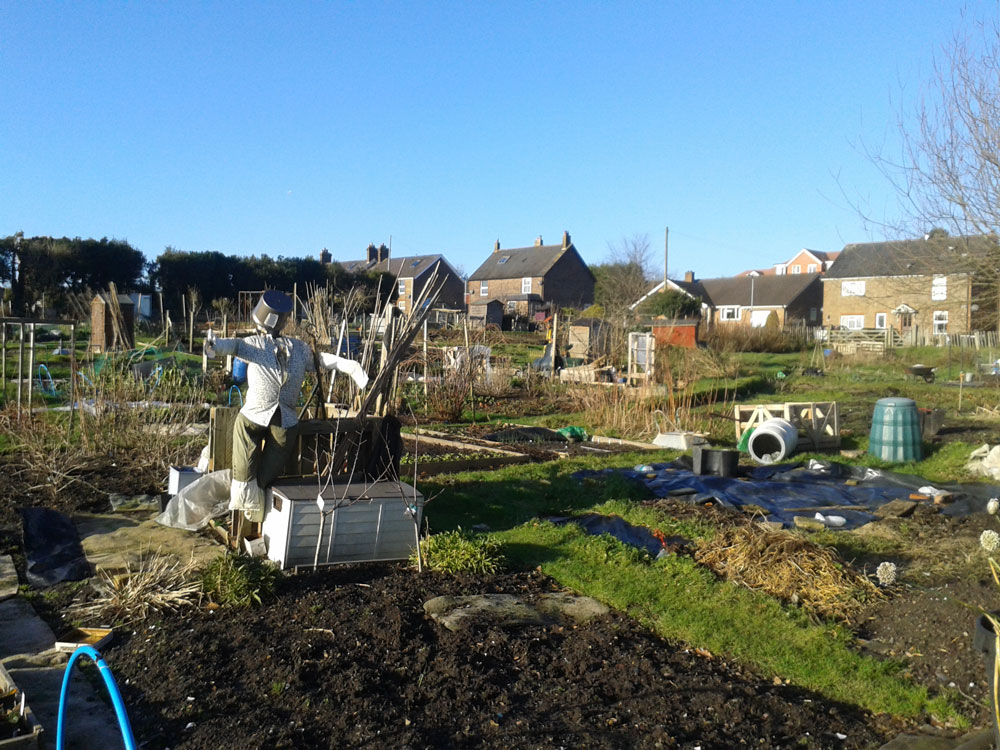How does growing your own food sound to you? Like a delightful bounty of organic crops or a mudfest of grinding hard work? What are the benefits to you and the environment in growing your own?
With the cost of living crisis showing no signs of abating, according to recent reports more and more people are choosing to grow their own fruit and vegetables in a bid to save money on grocery shopping. Let’s take a look at the various benefits of growing some of your own fruit and vegetables.
- Reducing the carbon footprint of your groceries: although transport isn’t considered to be the greatest driver of carbon emissions in our food supply, it’s undeniable that being able to harvest crops from your own garden, allotment or windowsill is about as local a food source as you could find anywhere else. In addition to that there’s no plastic packaging, and you the grower get to decide what if any pest control, fertiliser and peat-free growing medium you use for your crops. That means that your home-grown fruit and veg could be good for the soil, good for bees and other pollinators, good for the environment and of course, good for you and your family too!
- Increasing the diversity of plant-based foods regularly eaten: as we noted last month 75% of the world’s food supply comes from 12 plants and 5 animal species, growing your own crops in the kind of varieties not usually available in supermarkets increases biodiversity and broadens the range of nutrients we consume. It also reduces pressure on our regular food supply systems which are starting to show some strain as climate uncertainty increases. Enjoying foods in their natural seasons ensures you get the best flavours and textures with maximum nutritional benefits.
- Cheap food is normally considered to be an environmental issue – with the lingering suspicion of good practise and workers rights being reduced in order to keep the costs of production down. However, growing your own food can definitely produce high-quality foods at an affordable price and as the worker – you get to decide your own rewards! A few packets of seeds can be a great saving, helping you grow various crops from seed every year. However even easier are the crops that you plant once, take care of and can crop from every year. Fruit trees, strawberries, raspberry canes, rhubarb, asparagus and Jerusalem artichokes are great examples of perennial crops that get better over time with a little care and attention.
- Don’t forget herbs and salads: herbs are a great way to add flavour and nutrients to your meals. They’re also easy to grow, loved by pollinators and expensive to buy in supermarkets. Tender herbs like basil and dill do very well on sunny windowsills, while hardier herbs like rosemary, thyme and bay will be happy enough being benignly neglected in your garden or a container.
Not everyone of course has a garden they can turn over to food production, if your outside space is limited the RHS have a good guide to container gardening. If you’re on Instagram The Frenchie Gardener account is a good source for growing fruits and vegetables in containers and small outdoor spaces.
For those who like the idea of growing their own but aren’t so keen on mixing the allotment aesthetic with their herbaceous borders, the brilliant Alys Fowler series, The Edible Garden can be found on YouTube. Demonstrating how crops can be mixed with flowers, looking beautiful and being productive.
There are three allotment sites in Crowborough at Herne Road, Owlsbury Farm, and Pilmer Road. Plots are available at Owlsbury, but there are waiting lists for the other two sites. To enquire about renting an allotment email: allotments@crowboroughtowncouncil.gov.uk. If you are thinking of taking at allotment at Owlsbury you might want to take a look at the Tenants Society’s website.
Share your experiences and tips growing your own below or on our GTC Facebook page.
What’s in season this month?
May usually signals the end of the hungry gap, a period in the gardening calendar where there is a slight dearth in available crops in the temperate British climate. Our cold spring has prolonged this period for a bit longer than usual, but some new crops are starting to appear:
- May sees the height of the Jersey Royals new potatoes season. These tasty little nuggets require very simple cooking and are often best steamed or roasted with a little salt and oil. However if you’re still feeling the chill outside this warming side dish of Bombay Potatoes from Olive magazine looks like a good use of an old favourite.
- Radish: often the first crop many of us turn to when starting to grow our own foods. These reliable little jewels are easy to grow and add a delightful crispness to salads and pickles. This recipe for Chilli Butter Smashed Radish from BBC Good Food involves gently cooking the radish for a mellow flavour.
- Elderflower is at its best for the next few weeks. The lacy flowers can be foraged and used in various different ways. The Woodland Trust have a great guide to identifying and using elderflower, if you do make your own cordial it mixes very well with sparkling wine like prosecco for refreshing summer cocktails. There are also locally produced sparkling wines available from the Busi Jacobson and Davenport vineyards in Rotherfield.



No responses yet